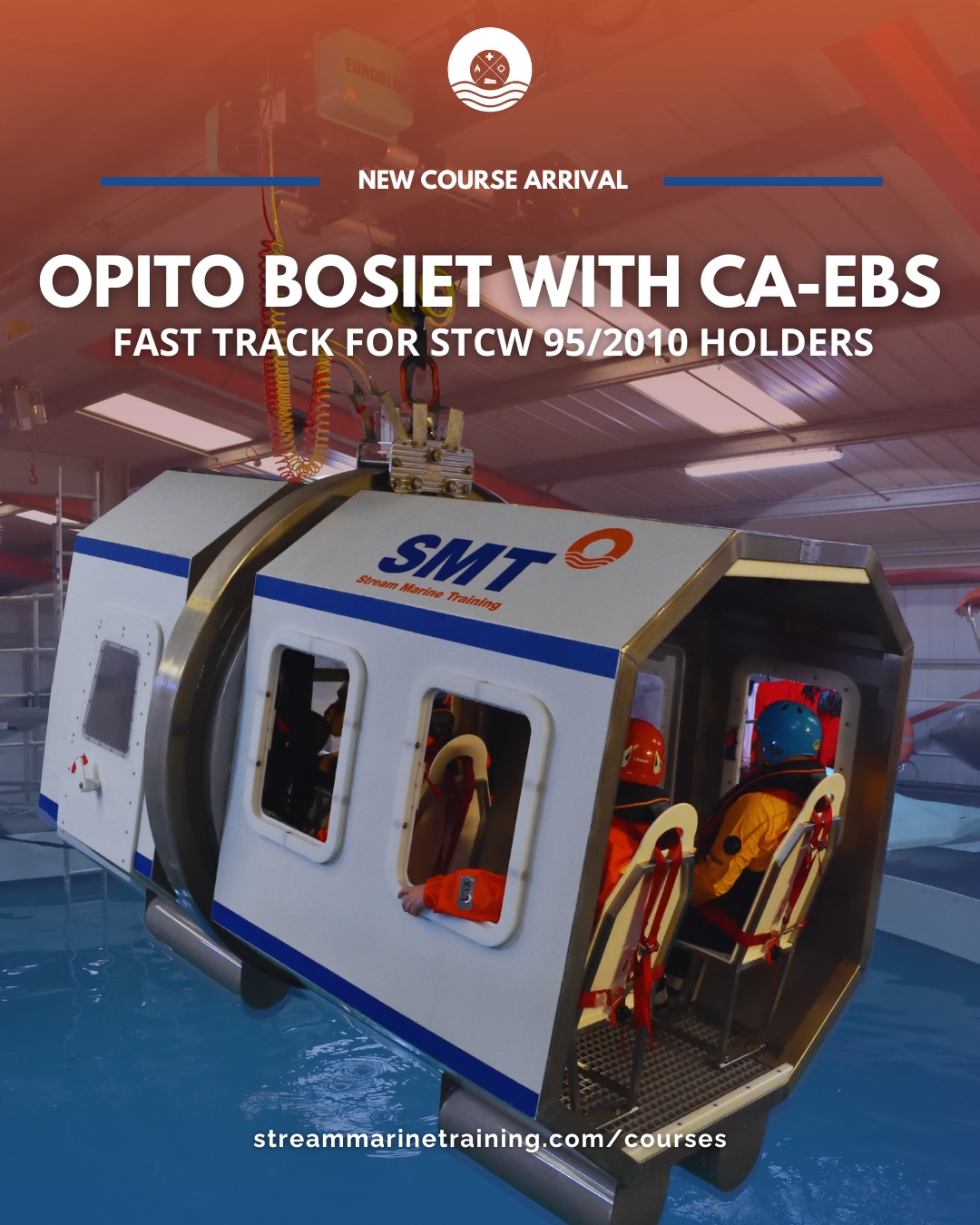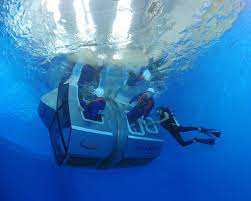BOSIET
50% off BOSIET and MIST Training - Special Offer
Stream Marine Training is the newest UK supplier of BOSIET and MIST training. Browse the courses below to get started. Discount of 50% of price is already applied.

3 Day
£500.00 excl. VAT





